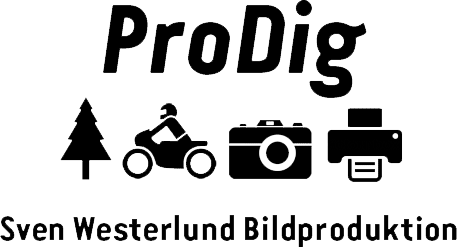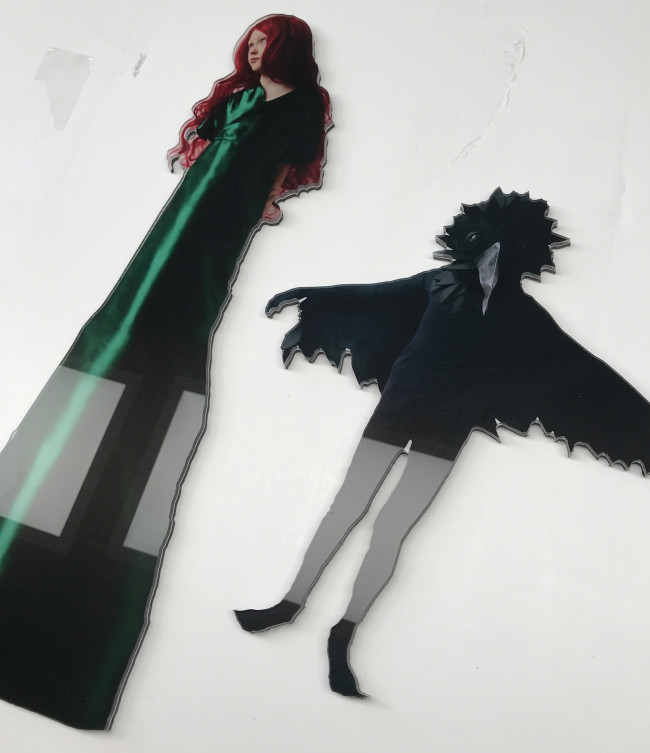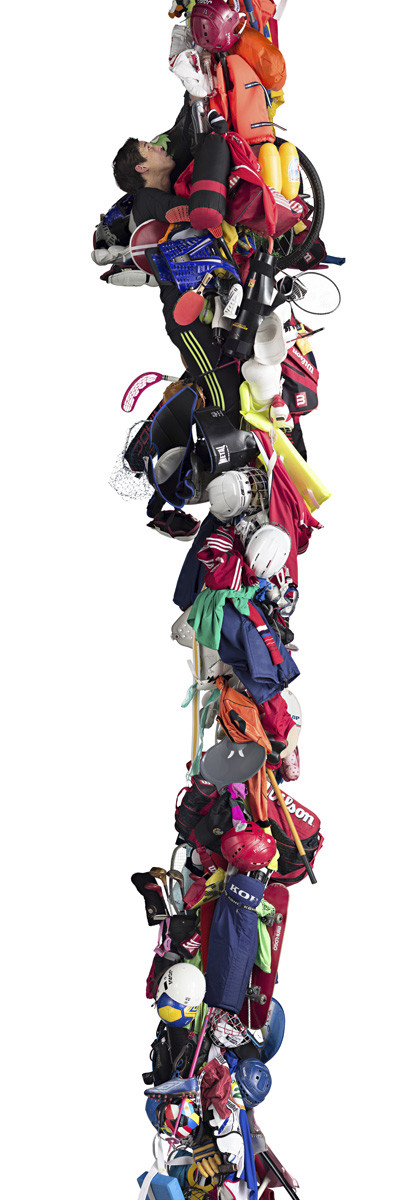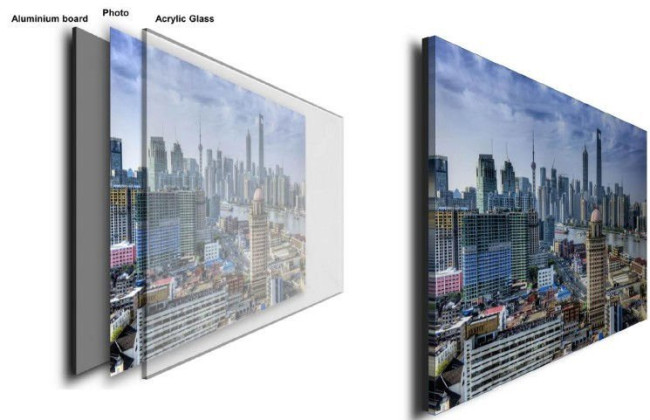Artproof Diasec®
ProDig erbjuder silikonmonteringar av högsta kvalitet och är svensk representant för Artproof i Tallinn, Estland.
Artproof är den enda aktören med Diasec®-licens i Skandinavien.
Diasec® kan beställas med följande ytor:
• Plexi= 3 el 4mm, TrueLife reflexfritt 3mm, HC reptåligt 4mm och matt 3mm
• Glas Optiwhite= 4 mm (Obs ca 22 kg/kvm)
• Plexi går också utmärkt att få som fria former med CNC-fräsning i alla storlekar (se bild av Helena Blomqvist)
• Baksida av 1,5mm aluminium eller Dibond 3mm.
Bakram för upphängning av aluminium.
• Max storlekar ett stycke: 150 x 300 cm för glas, 200 x 500 cm för plexi.
• Och alltid med syrafria pigmentprints för maximal permanens!
Till höger: Diasec®CNC-fräst figur av Helena Blomqvist och
Diasec® 100x285 cm, Maria Friberg
Diasec® is a patented mounting process which permanently joins
together transparent glass and prints. It is the only mounting method
that leaves the final work totally free of streaks or bubbles. And
because the print is glued to glass the result is a completely flat
mounted image.
The process was invented by Heinz Sovilla-Brulhart in 1969. It is a
registered trademark and Artproof is the only authorised licence
holder in Scandinavia, and we hold the exclusive rights to the process
in Finland and the Baltic countries.
Because the Diasec® process makes the artwork more resistant to UV
light and fading, as well as to mechanical wear and tear, Diasec® was
initially used for the design of prominent administrative buildings.
However, from the mid-eighties and on, more and more photographic
artists started to make use of the process for the presentation and
preservation of their work.
Thanks to the Diasec® process, especially when face-mounting to
glass is combined with back mounting on an aluminium panel, the
print is airtight and effectively protected against mechanical stress
and harmful environmental influences.Diasec uses a primer and
liquid gel, not sheet film adhesive. The biggest advantage of this is
claimed to be that air bubbles and creases in the final product are
minimized.
The Diasec gel is neutral curing and has an inbuilt ultra violet
filter. It contains no plasticizers and is resistant to fungicidal,
bacterial agents, and airborne pollutants. After curing, the whole
airtight panel remains chemically inert and stable. The finished
product remains flexible, enabling it to withstand changes in
temperature and humidity, which affect works on paper. However,
the process is irreversible and if the glass is damaged there is no
way to salvage the print.
Diasec samples that were made in the 1970s show negligible colour
shift, the whites are still pure and there is no evidence of acid
erosion visible




